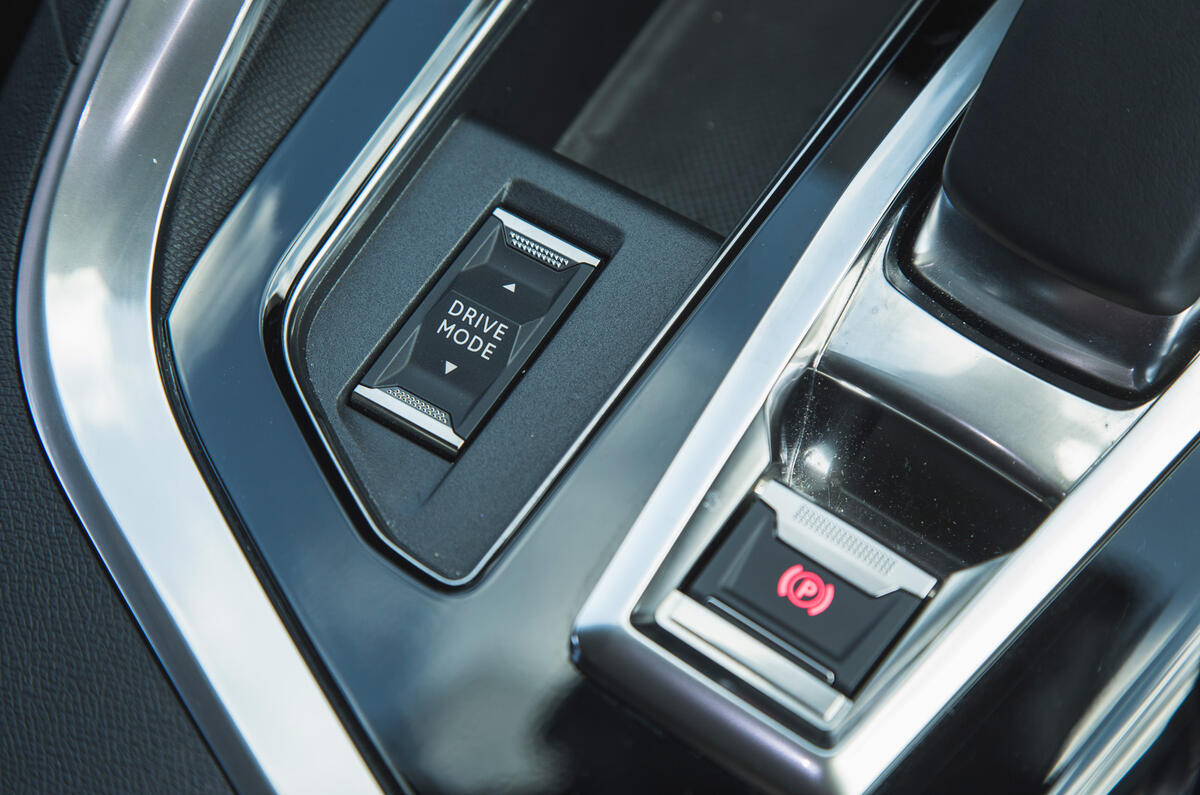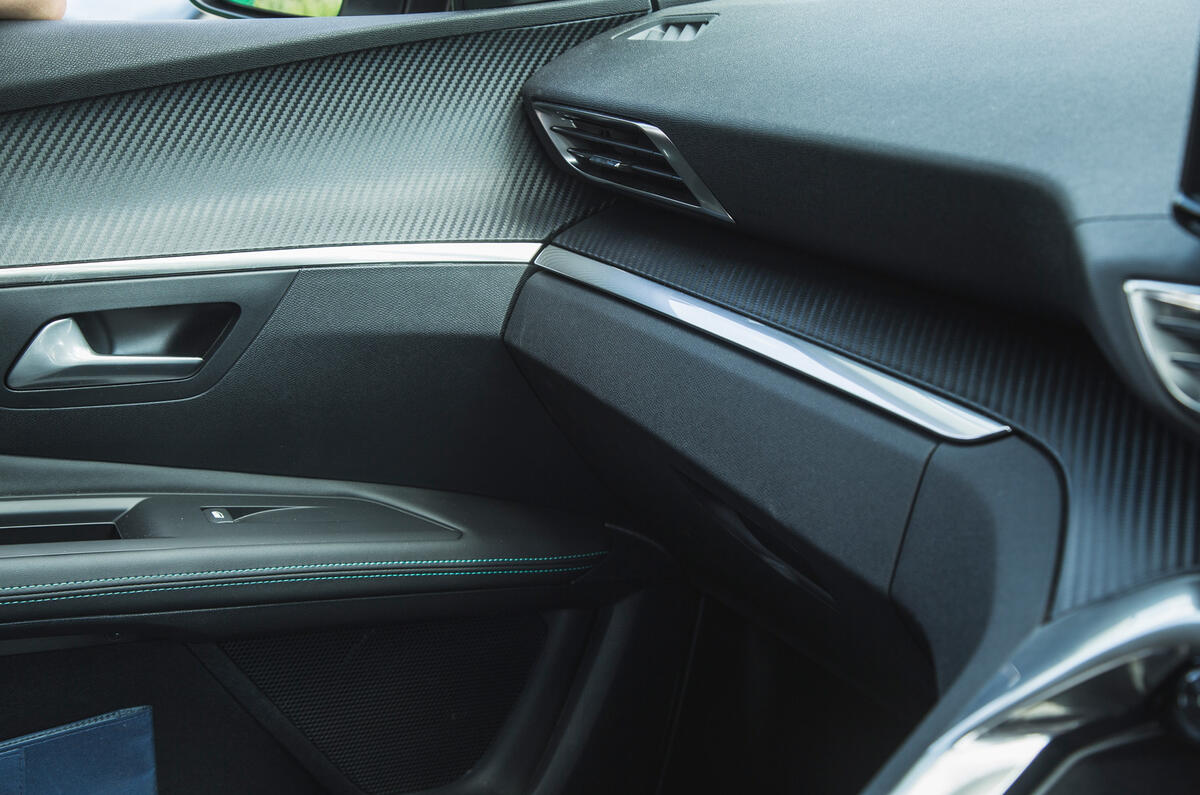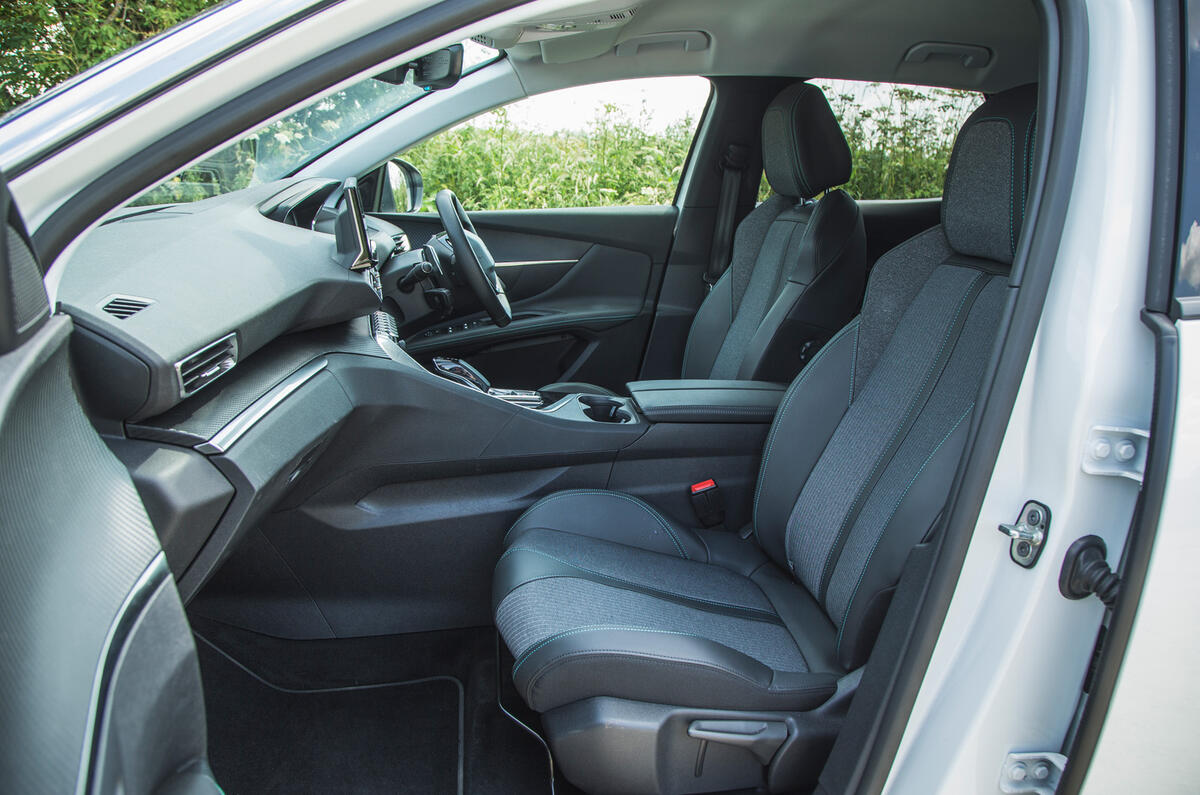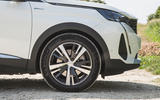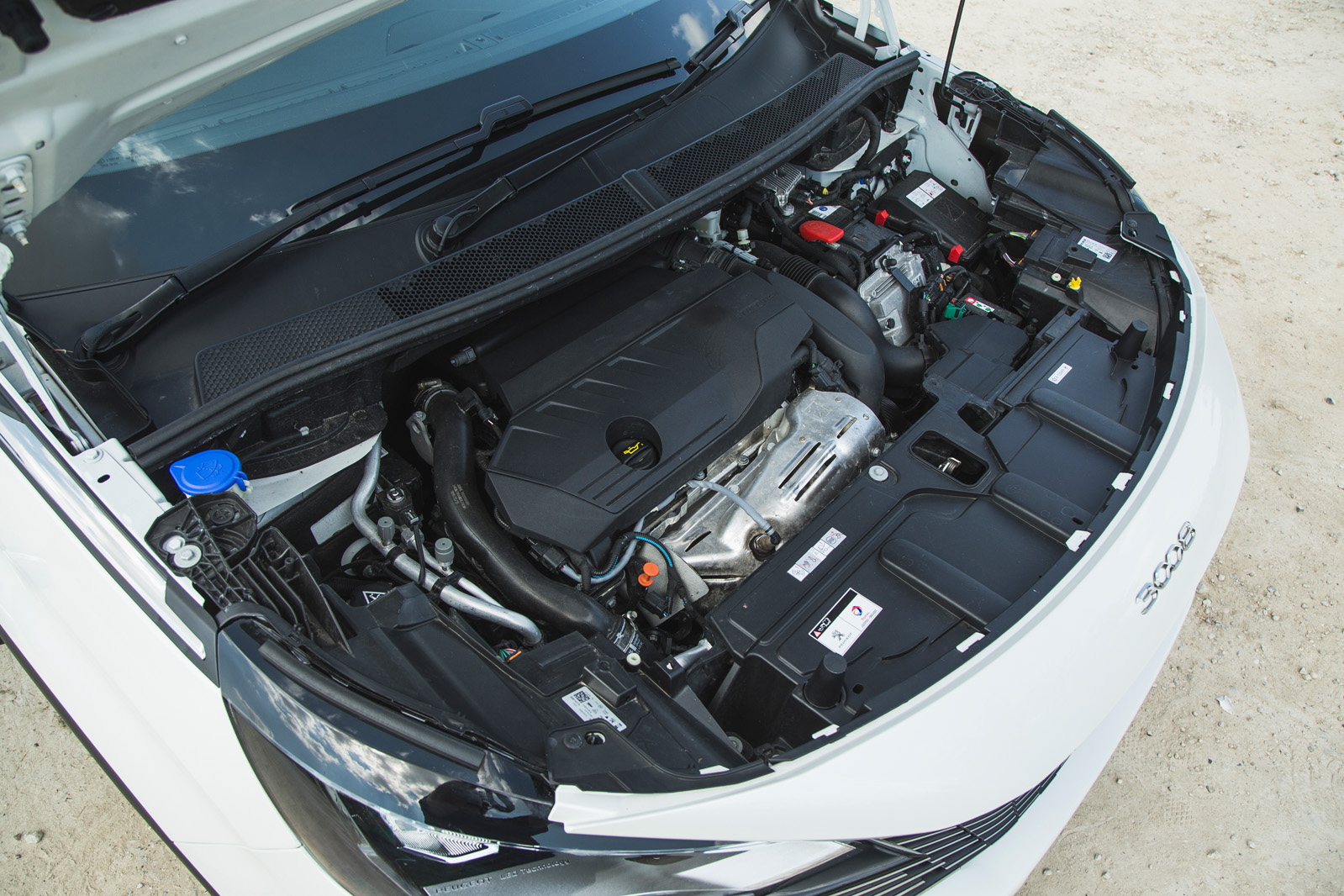Style and substance are a rare combination in the crossover class, but Peugeot managed to balance the two quite neatly for the second-generation 3008, which recently bowed out after seven years of production.
Inside it was stylish, practical and spacious; outside it was handsome, chunky and far more good-looking than the somewhat potato-shaped first-generation car.
Morphing the 3008 from a crossover-ish hatchback to a more conventional compact SUV played well commercially and boosted the car’s popularity in the UK – hence the dazzling variety of second-hand examples on offer today, priced from as little as £7000.
In fact, so warm was the reception that dealers initially struggled to meet demand: over its seven-year lifespan the 3008 would become one of the world’s most popular SUVs, shifting 1.3 million units and picking up the Car of the Year award on the way. No pressure on the new one then…
Autocar tester and COTY judge Matt Prior described the 3008 as “the best Peugeot in a long time”, heaping praise on its interior and functionality.
Those are attributes that, combined with a muscular stance and futuristic i-Cockpit, make a used example more tempting than austere rivals such as the Seat Ateca and Nissan Qashqai.
It’s worth mentioning, though, that when we put the 3008 through our exhaustive road test in 2017, we found its driving experience lacked the polish and finesse implied by the design.
The 118bhp 1.6-litre diesel engine was a little rudimentary, and while it was a reasonably smooth unit, it was loud and tappety inside the cabin.



















